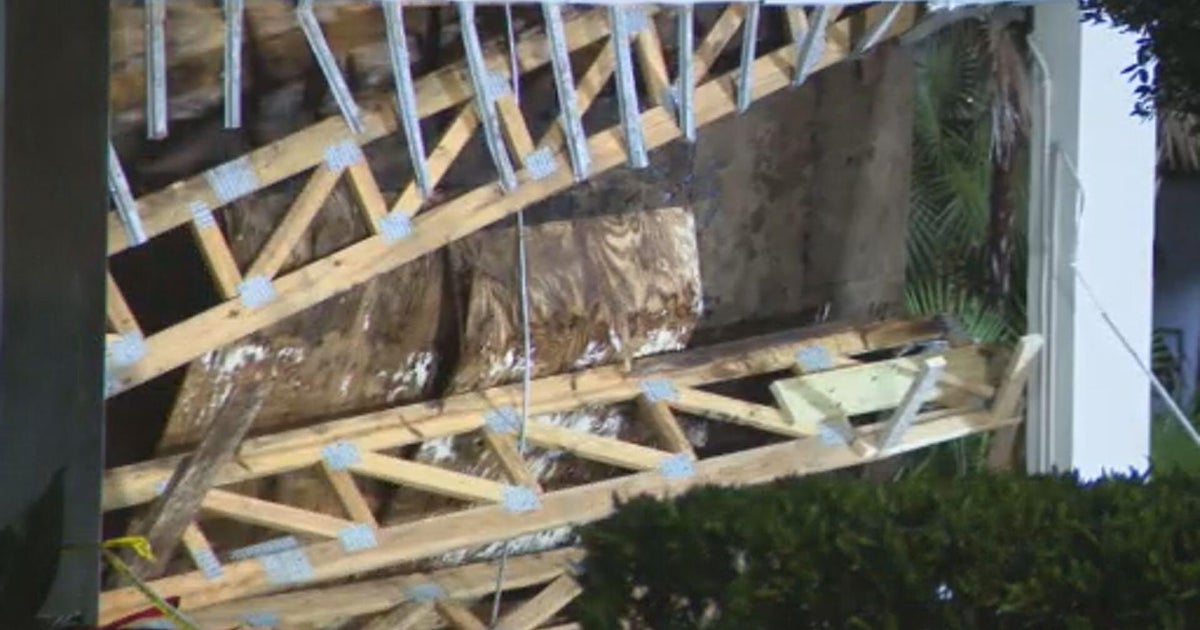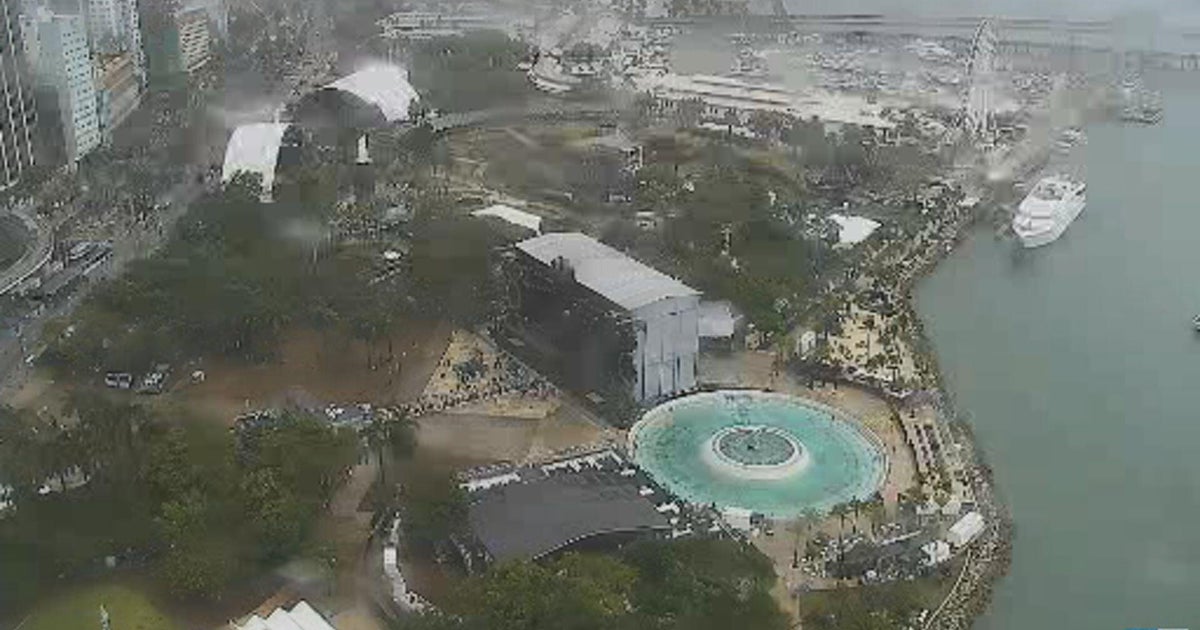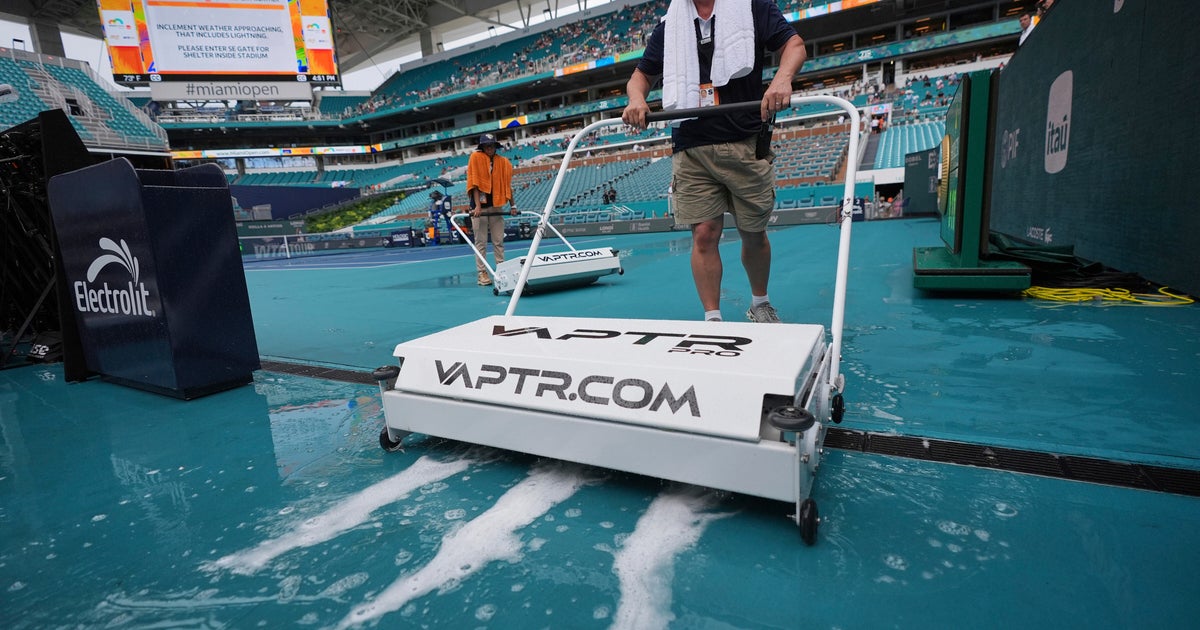Federal Agency Says Miami Street Should Have Closed Before FIU Bridge Collapse
MIAMI (CBSMiami/AP) — Stunning new details have emerged in the case of a deadly bridge collapse in Miami.
Engineers had knowledge of extensive cracking and failed to order a street closed and shore up a pedestrian bridge before it collapsed and killed six people at a Miami university last year, according to findings revealed by a federal workplace safety agency.
The U.S. Occupational Safety and Health Administration concluded in a report released Tuesday that the size of the cracks warranted the street be shut down immediately.
Investigators say the bridge cracked because of "deficient structural design," and blame independent inspectors for not instructing that Florida International University and the bridge contractor to stop traffic.
Included in the findings are emails and texts from construction workers alerting supervisors of cracks days before the bridge collapsed on March 15, 2018.
A crew supervisor working for one of the contractors was "visibly disturbed" with cracks he had seen soon after the span was put in place on March 10, 2018.
Kevin Hanson, who the agency says is "regarded as one of the most knowledgeable (post-tensioning) field personnel in South Florida," took some pictures.
"It cracked like hell" Hanson said in a text message to his boss, sending along photos showing cracking. The report says Hanson also alerted a manager at the bridge contractor, Munilla Construction Management.
An email with other photos of cracks followed that text between another senior manager at Munilla Construction Management and superiors at the firm FIGG Bridge Engineers, which designed the structure, alerting "your immediate attention and response is required."
But FIGG said that it evaluated the cracks and didn't find safety concerns. The company also told investigators with OSHA that the cracks did not expand, contrary to what other engineers were saying at a meeting on the morning of the collapse.
Hours later, the 174-foot-long (53-meter) span collapsed onto traffic flowing on the roadway beneath the bridge. The collapse killed six people, including one construction worker. Hanson, who sent the text, was critically injured.
The same agency last year fined contractors more than $86,000 for violations related to the collapse.
Here are some excepts from OSHA's report:
-
- FIGG Bridge Engineers...failed to recognize that the bridge was in danger of collapsing when it inspected it hours before the collapse. The concrete truss had developed numerous wide and deep structural cracks jeopardizing the integrity of the bridge.
- The bridge had structural design deficiencies that contributed to the collapse during construction stage ...The cracks on the bridge occurred due to deficient structural design.
- The morning of the incident, EOR held a meeting with project participants ...The Construction Engineer and Inspector (CEI) of the project advised the EOR at this meeting that the cracks were lengthening daily. Despite these admissions and the knowledge that the cracks were growing in size, EOR stated more than once that the cracks did not present any safety concerns.
- EOR should have known that the truss was a non-redundant structure and if one diagonal member failed, the entire bridge could collapse. Given the nature and extent of the cracking and the non-redundancy of the bridge design, necessary safety precautions should have included closing the roadway below.
The National Transportation Safety Board continues investigating and is expected to publish its report later this year.
(© Copyright 2019 CBS Broadcasting Inc. All Rights Reserved. The Associated Press contributed to this report.)



